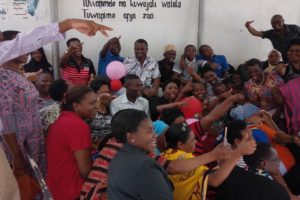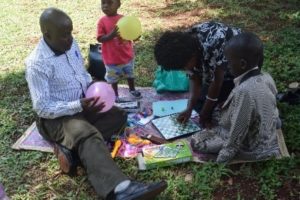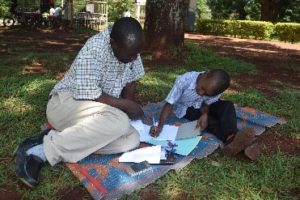Tanzania
The United Republic of Tanzania national HIV prevalence declined from 7.0% in 2004 to 5.3% in 2012 among adults aged 15–49 years. Despite this improvement, there is great regional variation: Njombe has a HIV prevalence of 14.8% while Zanzibar has less than 1% (42). An estimated 1.4 million people are living with HIV; of these approximately 28% are children (0–14 years) and 11.2% are young people age 15–24 years. Tanzania has the second-largest burden of HIV-positive children who have yet to be initiated on antiretroviral treatment based on the 2010 WHO eligibility criteria. Young females age 15–24 years are three times more likely to contract HIV than boys of the same age (42).
In 2010, about 335,000 people living with HIV were reported to be on ART; of these only 25, 000 were children under 15 years, which represents only a third of the estimated number of children who are in need of ART (43).
In partnership with PEPFAR and the Global Fund, Tanzania placed 34,524 children on ART by the end of 2013, representing 26.5% coverage, based on a UNAIDS estimate of 130,000 children and adolescents in need of treatment. This places Tanzania below the global coverage estimate for paediatric antiretroviral treatment of 34%. A wide disparity exists in ART coverage between adults and children, with an adult ART coverage estimate of 68%. Additionally, only 43% of infants had access to early infant diagnosis (DNA PCR).
ART coverage for children and adolescents living with HIV is low compared with adults, where ANECCA implemented a regional project to improve coverage and quality of care.





